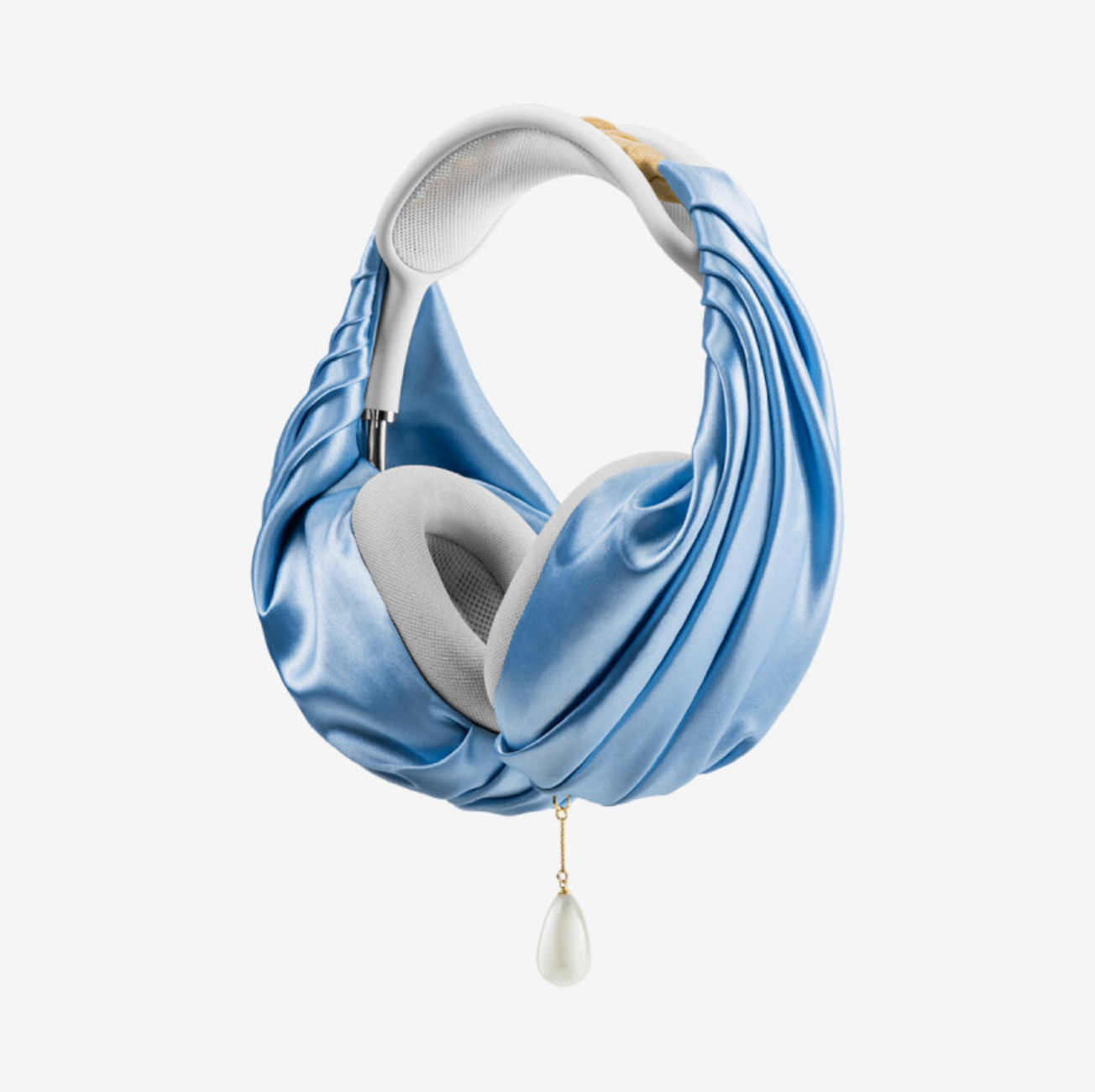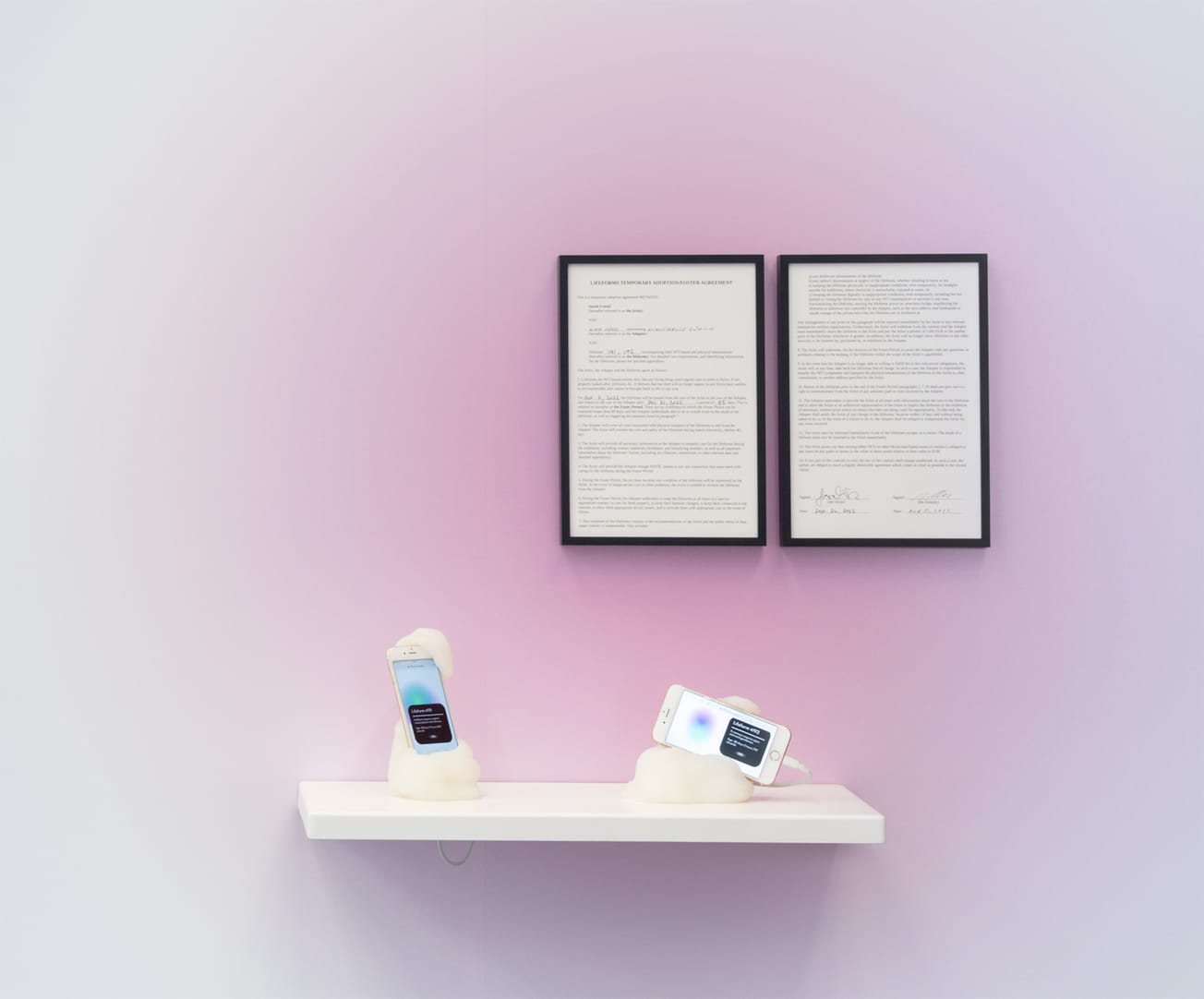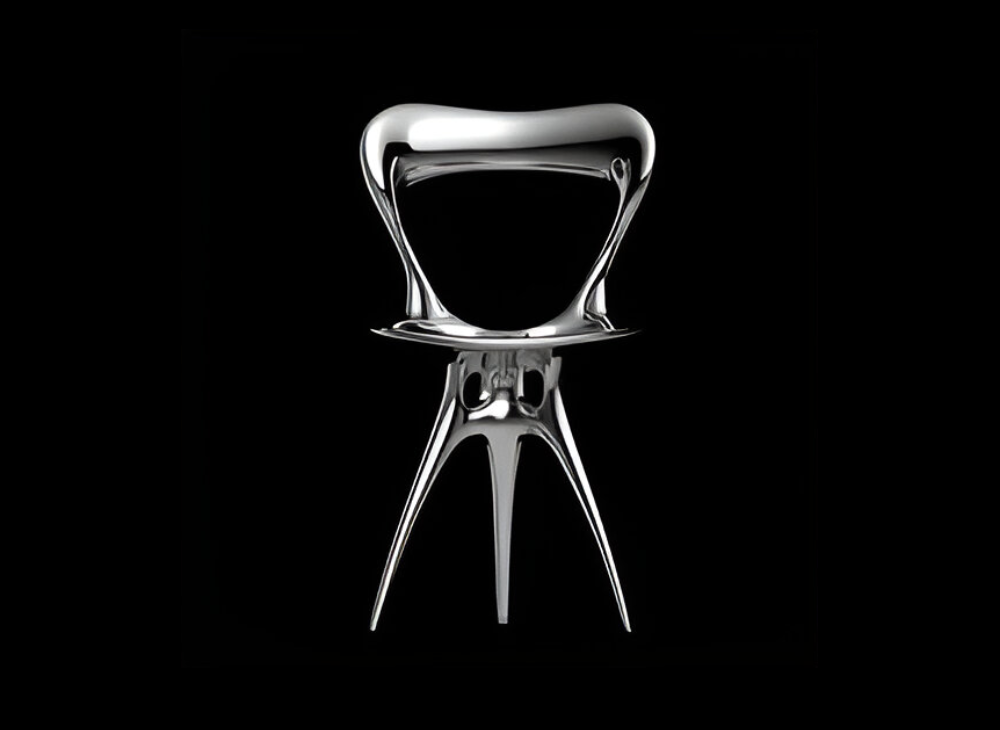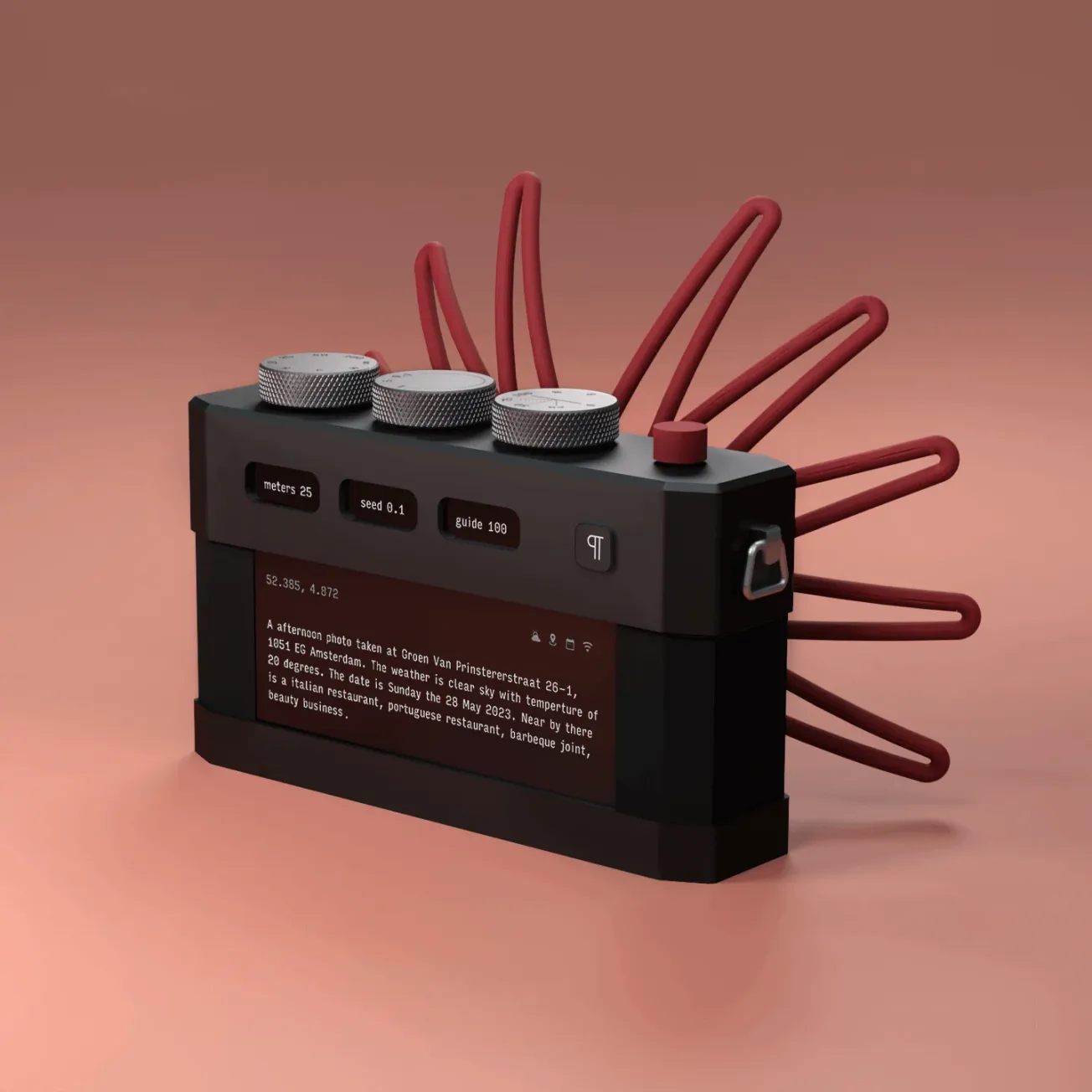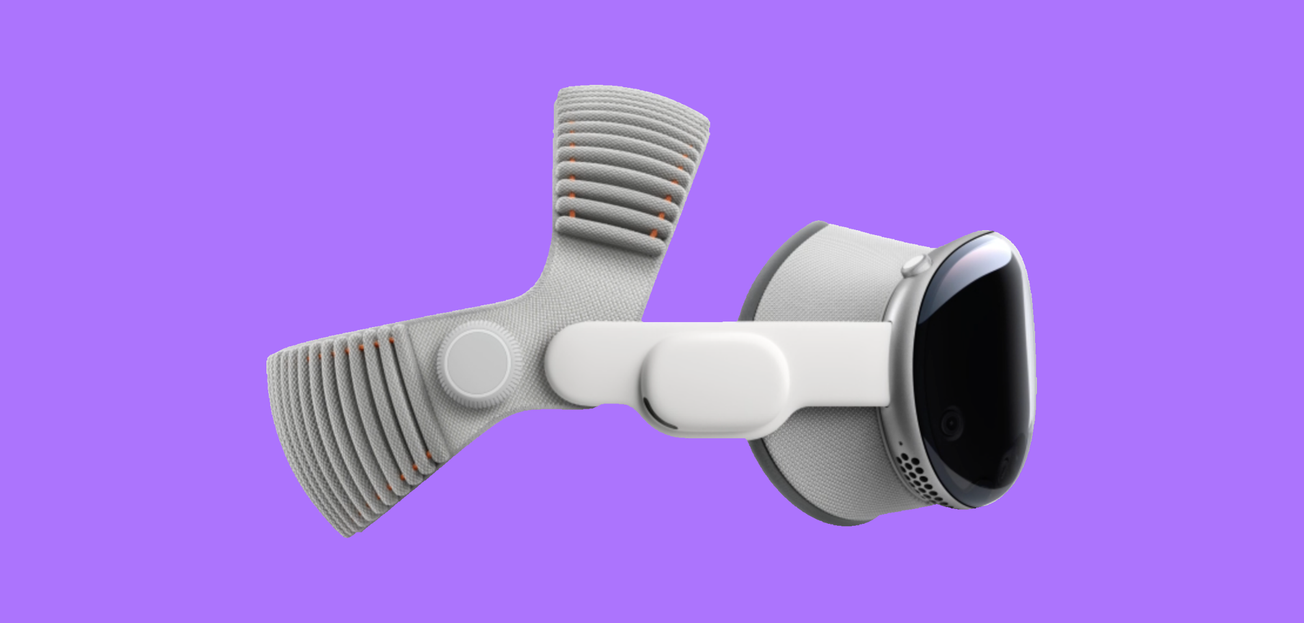Casetify’s latest AirPods Max cover wraps Apple’s industrial minimalism in Vermeer’s ultramarine folds, complete with a dangling pearl. The collaboration with the Mauritshuis Museum turns a 17th-century portrait into wearable tech — collapsing the space between gallery artifact and personal audio gear.
The design is part collectible, part cultural remix. It doesn’t just reproduce the image of Girl with a Pearl Earring; it reconstructs its textures and forms in three dimensions, inviting the wearer to step inside one of the most recognizable paintings in art history.
From Masterpiece to Modern Hardware
Vermeer’s Girl with a Pearl Earring, painted around 1665, is famous for its luminous palette and the enigmatic gaze of its subject. Casetify’s cover borrows the painting’s most recognizable elements: pleated, silk-like fabric in deep ultramarine and warm ochre, wrapped around each earcup, and a dangling faux pearl positioned exactly where it would be in the portrait.
The fabric drape and three-dimensional pearl create a wearable echo of Vermeer’s composition, effectively turning a piece of consumer electronics into a piece of costume design. It’s also a statement on how museums and brands are working together to meet audiences where they live — and listen. For the Mauritshuis, licensing Vermeer’s image extends the painting’s reach far beyond its gallery in The Hague. For Casetify, it’s another proof point that tech accessories can operate as cultural artifacts, not just functional shells.
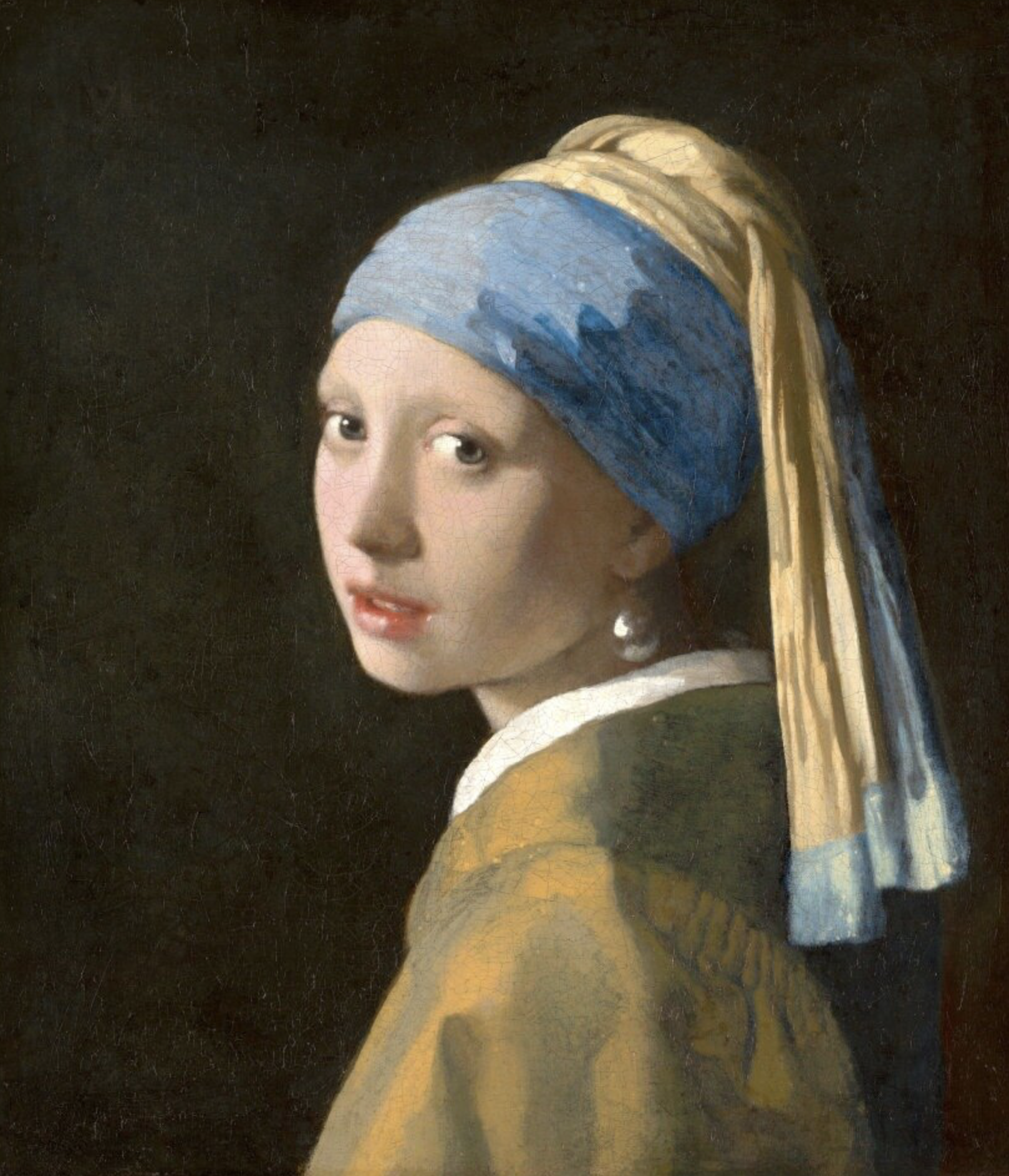
Function as a Design Choice
Functionally, the cover works like any protective wrap, shielding the AirPods Max from scratches. But the extra material and pearl detail partially obstruct the Digital Crown and noise control button, making them less accessible. That friction isn’t a flaw so much as part of the premise: design transformation over frictionless usability. The choice reflects a shift in how personal tech is framed. Aesthetics can take priority over interaction speed, especially for products intended as statement pieces. Here, the obstruction underscores the point that the cover isn’t just about protection — it’s about performance, in the theatrical sense.
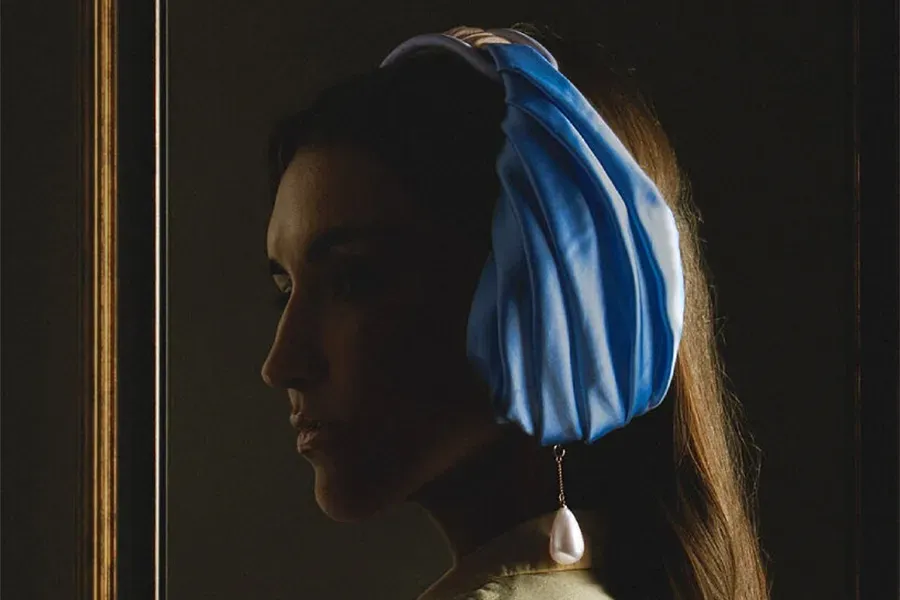
When Culture Goes Wearable
At $199 USD — just under half the cost of the headphones themselves — this is not a casual add-on. But Casetify’s limited-edition model thrives on scarcity and cultural cachet. The Vermeer cover sold out quickly, following the same pattern as the brand’s other high-profile collaborations. It’s priced and positioned more like a collectible than a purely functional accessory.
Recasting Girl with a Pearl Earring as an audio accessory reflects a broader cultural shift. Art is no longer confined to museum walls; it’s embedded in the devices we carry and the feeds we curate. Headphones, especially, have become portable signifiers of both tech status and personal style.
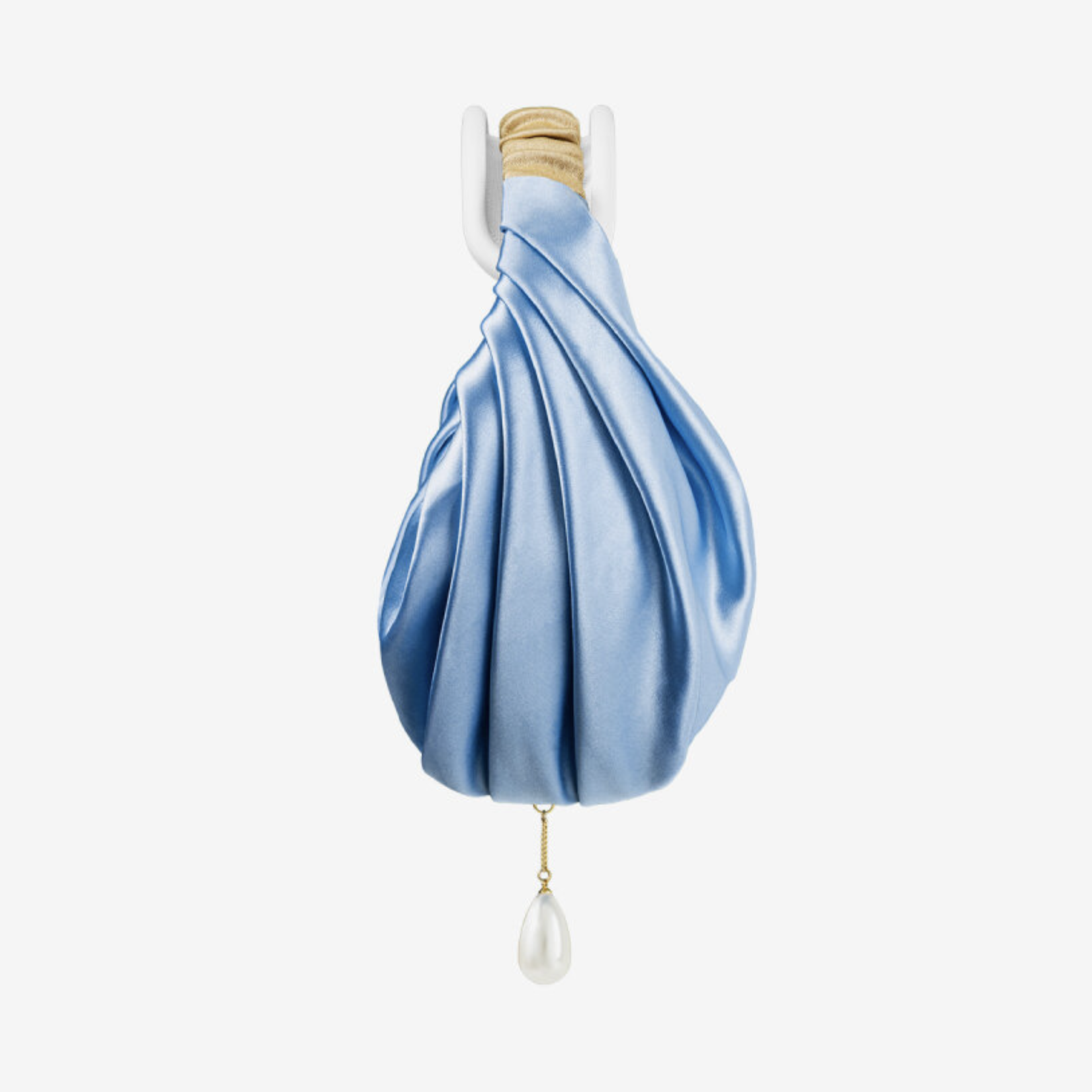
By merging Vermeer’s palette and iconography with Apple’s industrial design, Casetify taps into the same remix logic that drives streetwear drops, cross-industry brand pairings, and the blending of heritage with hyper-contemporary design. It’s a piece of hardware that operates as both playback device and portable exhibition — a small but telling example of how cultural heritage is being remixed into the objects of everyday life.

